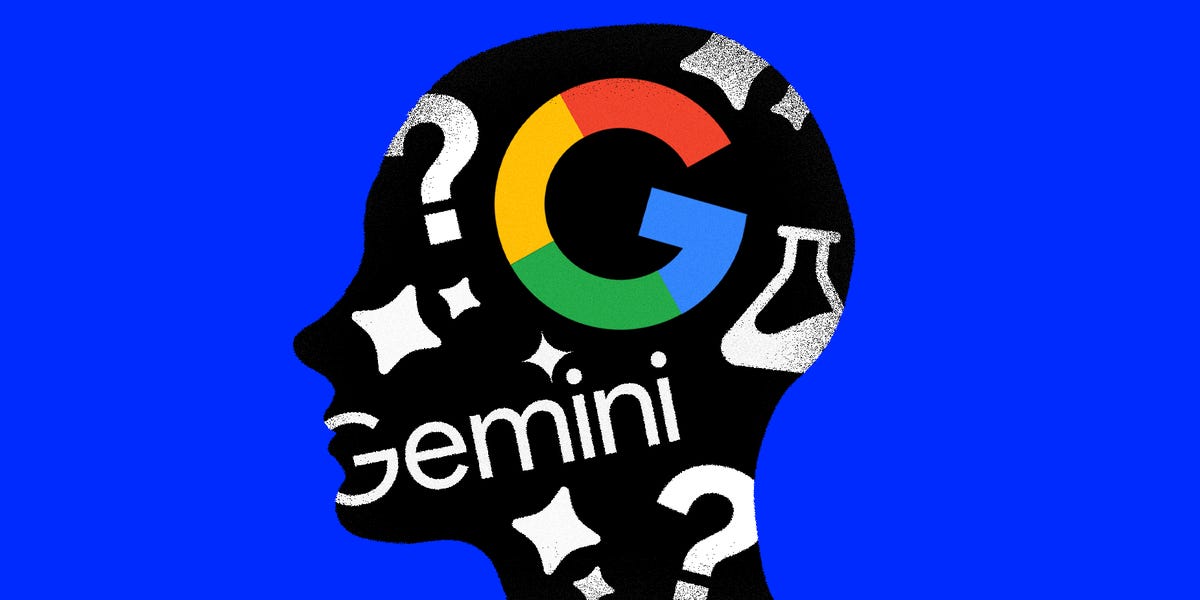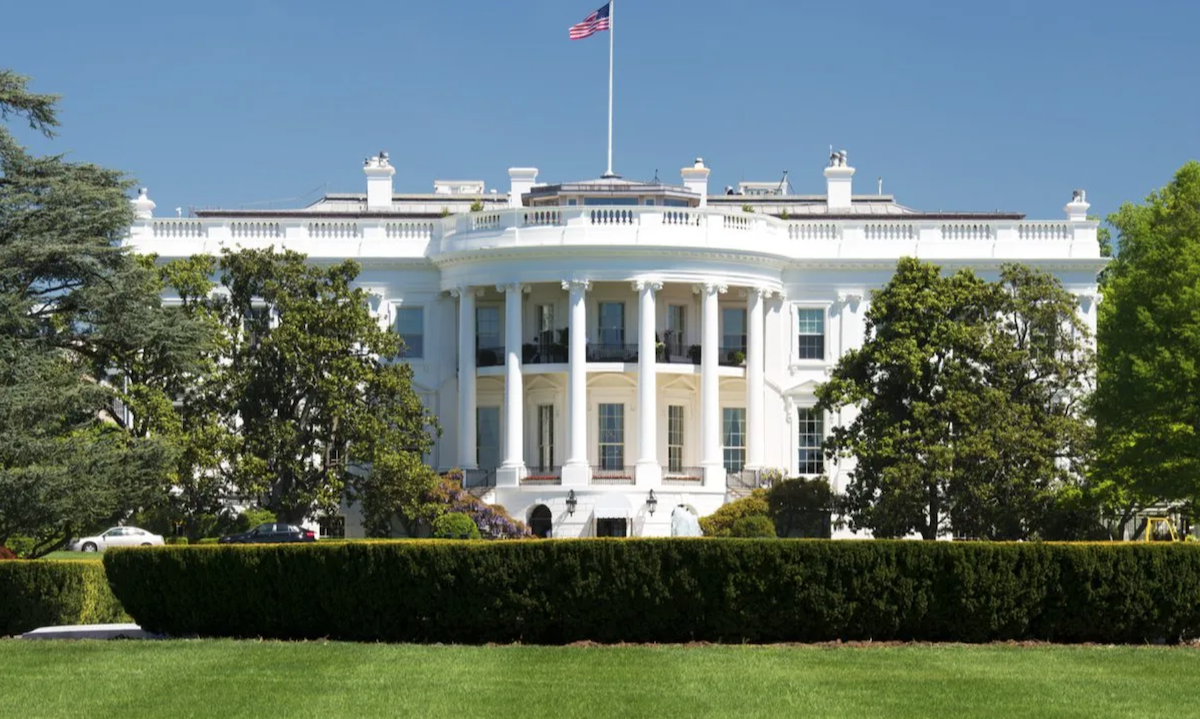A model of AI formed on large quantities of genetic data can predict whether bacteria will become resistant to antibiotics. The new study shows that antibiotic resistance is more easily transmitted between genetically similar bacteria and occurs mainly in wastewater treatment factories and inside the human body.
By understanding how resistance in bacteria occurs, we can better fight its spread. This is crucial to protecting public health and the capacity of the health system to treat infections. “”
Erik Kristianson, professor in the Department of Mathematics Sciences at the University of Technology in Chalmers and the University of Gothenburg, Sweden
Resistance to antibiotics is one of the largest threats to global health, according to the World Health Organization (WHO). When bacteria become resistant, the effect of antibiotics disappears, which makes conditions difficult such as pneumonia and blood intoxication. The increase in antibiotic -resistant bacteria also makes prevention of infections associated with numerous medical procedures, such as organ transplantation and cancer treatment. A fundamental reason for the rapid propagation of antibiotic resistance is the ability of bacteria to exchange genes, including genes that make bacteria resistant.
“The bacteria that are harmful to humans have accumulated many resistance genes. Many of these genes come from harmless bacteria that live in our body or in the environment. Our research examines this complex evolving process to know how these genes are transferred to pathogenic bacteria.
Complex data from around the world
In the new study, published in Nature Communications and conducted by researchers from the University of Technology of Chalmers, the University of Gothenburg and Fraunhofer-Chalmers Center, the researchers have developed an AI model to analyze the transfers of historical genes between bacteria using information on DNA, the structure and habitat of the bacteria. The model was formed on genomes of nearly a million bacteria, a set of extensive data compiled by the international research community for many years.
“The AI can be used at best its capacity in complex contexts, with large amounts of data,” explains David Lund, doctoral student in the Mathematical Sciences Department of Chalmers and the University of Gothenburg. “The unique thing about our study is, among other things, the very large amount of data used to form the model, which shows what a powerful AI tool and automatic learning is to describe the complex biological processes that make bacterial infections difficult to treat.”
New conclusions on the moment when antibiotic resistance occurs
The study shows in which environments the resistance genes have been transferred between different bacteria, and what makes certain bacteria more likely than others to exchange genes with each other.
“We see that bacteria found in humans and water treatment plants have a greater probability of becoming resistant by the transfer of genes. These are environments where bacteria carrying resistance genes are encountered, often in the presence of antibiotics,” explains David Lund.
Another important factor which increases the probability that the resistance genes “jump” from one bacteria to another is the genetic similarity of bacteria. When a bacteria occupies a new gene, energy is necessary to store DNA and produce the protein for which the gene code, which means a cost for the bacteria.
“Most resistance genes are shared between bacteria with a similar genetic structure. We believe that this reduces the cost of taking new genes. We are continuing research to understand the mechanisms that control this process more precisely,” explains Erik Kristianson.
Hoping for a diagnostic model
The model’s performance was tested by evaluating it against bacteria, where researchers knew that the transfer of resistance genes had occurred, but where the AI model was not informed in advance. This was used as a kind of examination, where only the researchers had the answers. In four out of five cases, the model could predict whether a transfer of resistance genes would occur. Erik Kristianssson says that future models can be even more precise, in part by refining the model of AI itself and by dragging it even greater data.
“AI and automatic learning make it possible to effectively analyze and interpret the huge amounts of data available today.
Researchers hope that in the future, the AI model can be used in systems to identify quickly if a new resistance gene may be transferred to pathogenic bacteria and translate it into practical measures.
“For example, AI models could be used to improve molecular diagnostics to find new forms of multi-resistant bacteria or to monitor factories and wastewater treatment environments where antibiotics are present,” explains Erik Kristianson.
Source:
Journal reference:
Lund, D., and al. (2025). Genetic compatibility and ecological connectivity lead to the dissemination of antibiotic resistance genes. Nature communications. Doi.org/10.1038/S41467-025-57825-3.










